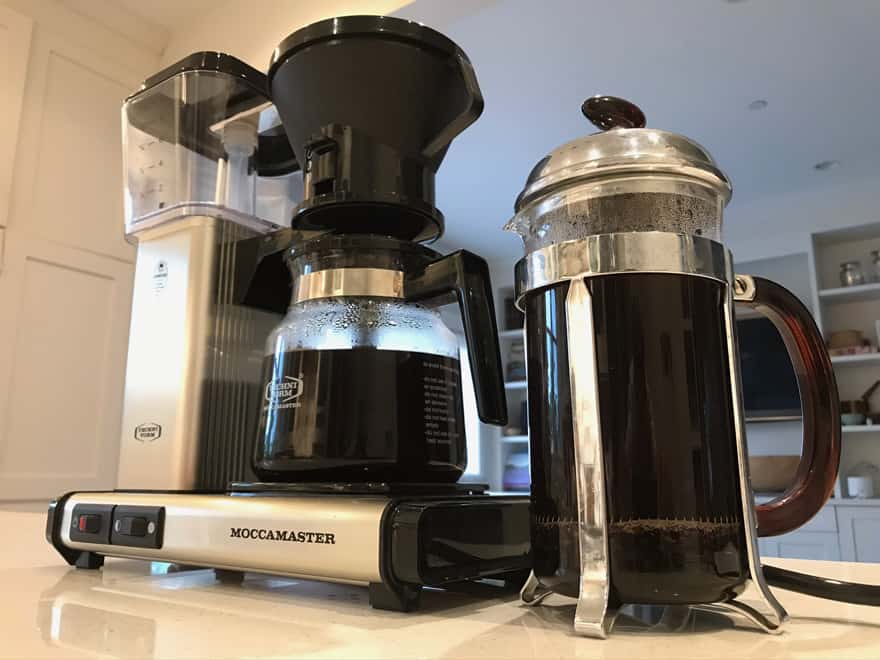Just so you know, as an Amazon Associate we earn from qualifying purchases made via bold red links, buttons or images.
Last Updated on December 15, 2023
If you really love coffee, chances are you’ll do whatever you can to get the best cup of java possible. That means researching all manner of different brewing methods, and narrowing it down to a select few.
Two of the most common brewing styles you’ll come across are French press and drip coffee. Each of these methods has distinct pros and cons. Let’s see how they fare against one another, and help you decide where you stand when it comes to drip coffee vs. French press.
Drip coffee
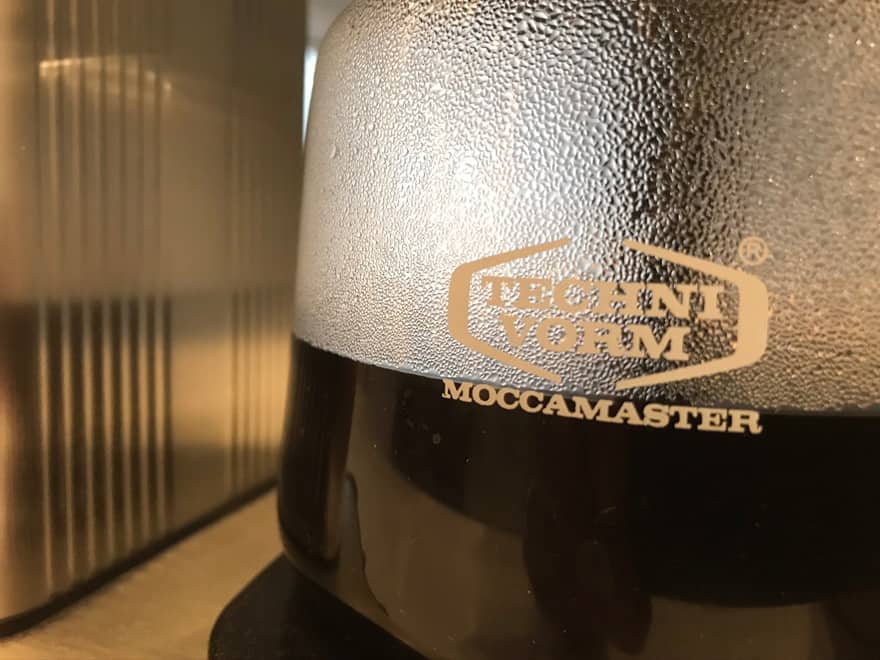
Even if you don’t know what a “drip coffee maker” is, you have almost certainly seen one or used one. They are a fixture in break rooms in offices around the world.
In contrast to the slightly more labor-intensive French press, a drip coffee maker is all about automation and ease. These units don’t require any lifting, stirring or pressing as a French press does. Rather, they rely on factory presets (or your own) to get the job done.
All you typically have to do is place coffee grounds in the unit’s filter basket, ensure there’s water in the reservoir, and flip a switch. That’s all. This is naturally a simpler process that leaves less to chance than a French press.
Drip coffee makers often come with all manner of bells and whistles to make your coffee-brewing experience more convenient. For example, many have timers that can be preset at night to automatically flick on and start brewing in the morning.
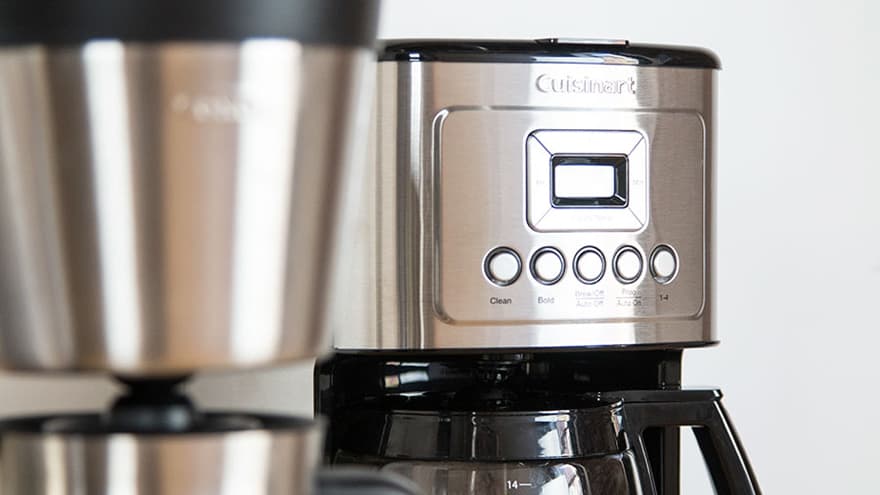
This can be a godsend to anyone looking for a quick start after getting out of bed. If you aren’t exactly a morning person, you can sleep in a little longer and not have to worry about making coffee while drowsy. The machine takes care of it all for you. And if you have a short break at work, automated preset brewing can leave you with a bit more time to rest.
The drip coffee maker method is essentially an automated version of the pour-over method, which is just what it sounds like: pouring hot water over ground coffee beans in a filter and allowing it to funnel out the bottom as coffee. Drip coffee makers simply use electricity and technology to remove the manual aspects of this process (while also giving up a certain amount of control).
French press coffee
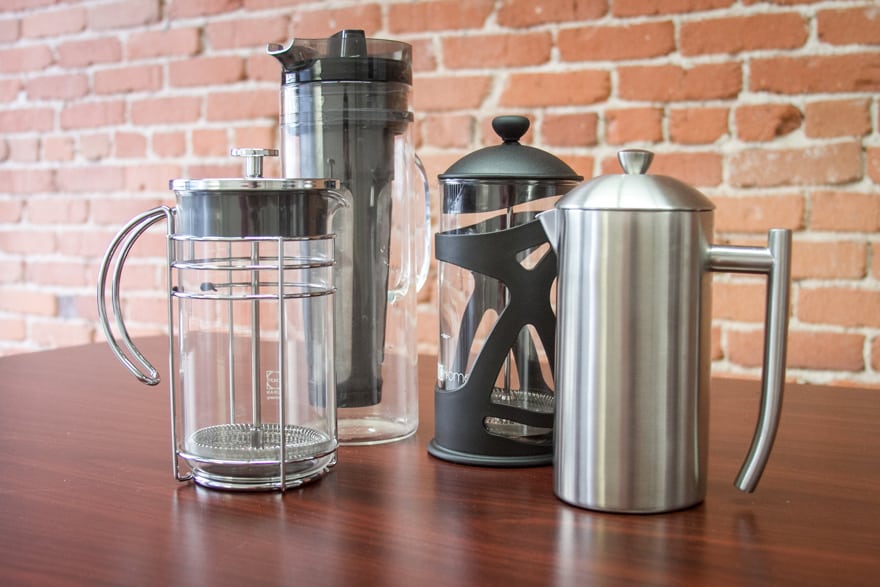
French press is a little more complicated. The first thing to know is that a French press goes by many names. These coffee makers are also called coffee plungers, coffee presses, press pots, cafetières, and cafetières à piston.
With a couple of fancy French names, you might think the press is France’s great contribution to coffee culture. I mean, it was first developed by the French, right? Well, not exactly. There remains a dispute between French coffee lovers (who say a turn of the century Frenchman “accidentally” invented it one day) and Italian coffee historians who point to its first patent, by a man named Attilio Calimani in Milan in 1929.
Whatever you call them, French presses are coffee-making poetry in motion. They make use of a cylindrical beaker and a mesh filter stuck onto the end of a plunger, through which the coffee is filtered.
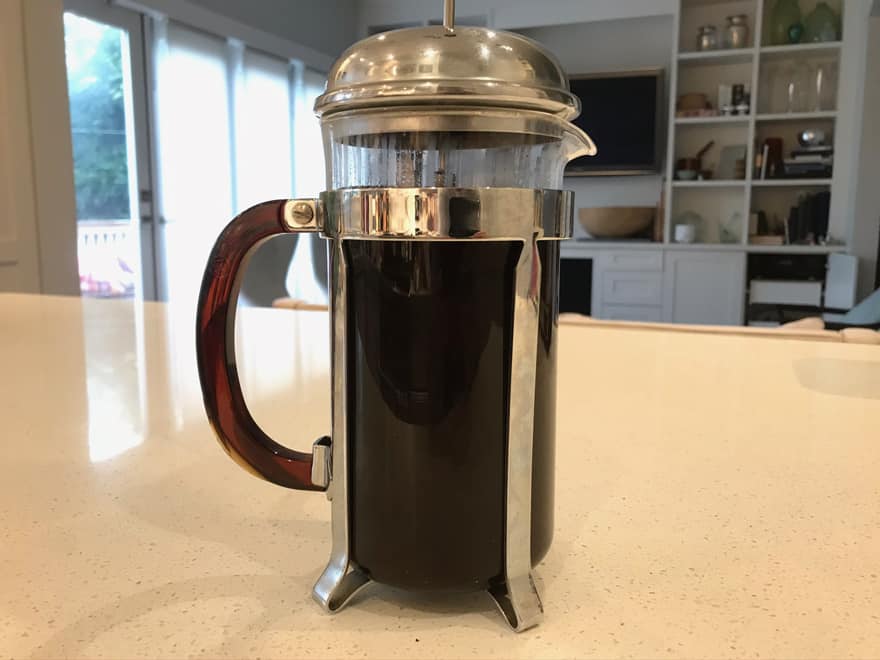
Before filtering, though, the coffee grounds spend several minutes immersed in the hot water, steeping. The longer they steep, the more flavour compounds are pulled out of the beans. Then the “press” part comes into play. Users push down on the plunger/filter device which forces the grounds into the bottom of the beaker, making sure they don’t become unwanted debris in your new brew.
Drip coffee vs. French press
Now that we have laid out the basics of how drip coffee makers and French presses work, it’s time to compare the two. Let’s break down some of the most essential functions of any coffee maker and see how these methods fare on their own, and in comparison with each other.
How many cups can they brew?
Whether you go through all the trouble of working with a French press or simply “set it and forget it” with a drip coffee maker, at the end of the day you want to make sure you have enough coffee. Both methods involve a wait, so you probably want more than one cup out of the deal. That’s especially true if you are brewing coffee not just yourself but also for your family in the morning or the rest of your coworkers in the break room.
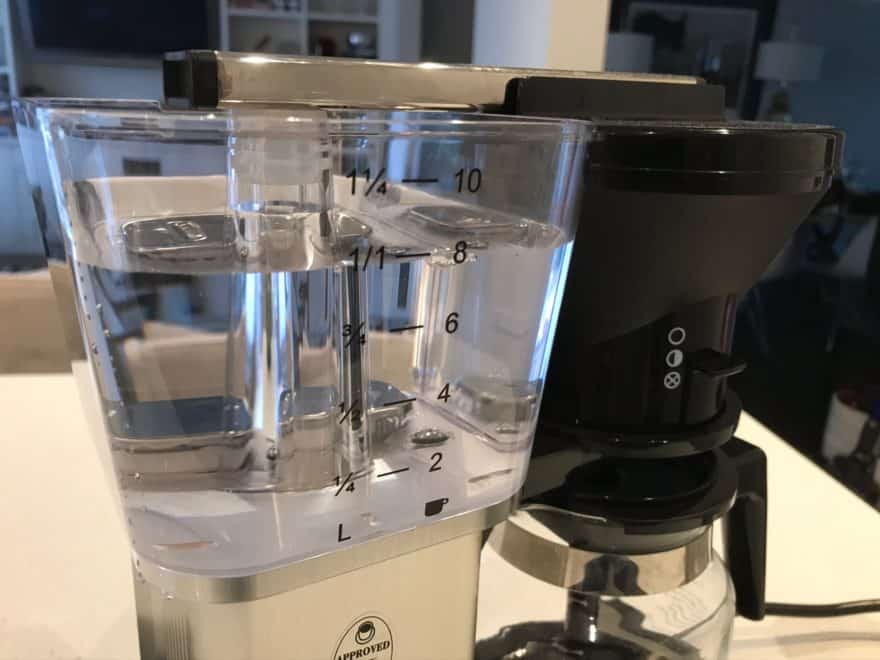
In this respect, drip coffee makers are the better bet. The best models can easily make up to 12 cups of coffee in one brew—perfect for break rooms or family gatherings. French presses come in a variety of sizes, but the standard is 32 ounces which will give you four cups at best. Most of the other sizes are smaller, designed for serving one or two people.
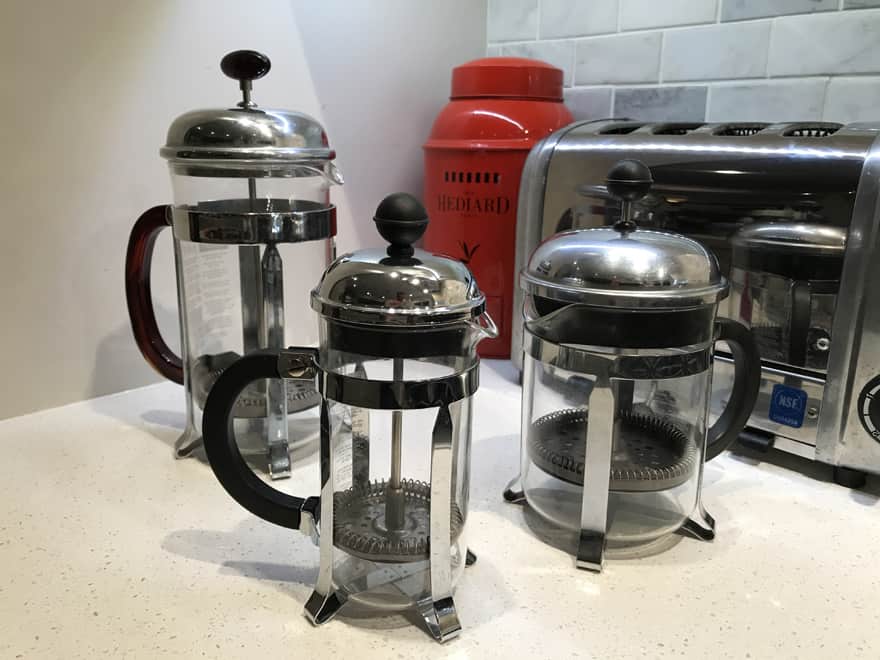
This is consistent with most people’s expectations for these brewing methods. By their very nature, French presses require a little more effort. Brewing with them is a kind of artisanal production, with a focus on quality rather than quantity. Drip coffee makers, with their automation, are meant to be fuss-free. It only makes sense that they would churn out more coffee for consumption, making them the winner in terms of yield and capacity.
Drip coffee makers can also quite easily reheat a pot of coffee that has grown cold. It’s not our favorite way to enjoy coffee, but it works in a pinch. With a French press, which is typically made of fairly thin glass, you would probably want to transfer the coffee to a saucepan or reheat it on the stove. Not so convenient.
Brewing time
You would think that drip coffee makers, with their emphasis on ease and automation, would win this category hands down. However, there is actually a fair amount of variation in the time it takes these brewers to make coffee. The best drip coffee makers can produce a pot of coffee in as little as three minutes, while other models can take 10-12 minutes. Generally speaking, the more coffee you brew, the longer the wait. French presses have a pretty standard brew time of about 4-5 minutes regardless of the volume.
So the winner here really depends on which model you choose. If you opt for a top-tier drip coffee maker like the Technivorm Moccamaster pictured above, you should have the edge on brew time, as it should be closer to that three-minute mark. On the other hand, bargain drip coffee makers often have longer brew times, at which point they probably couldn’t beat a French press.
Ease of use
The very fact one of these models is automated and the other is not is a dead giveaway as to which is easier to use. Unless you’re using a horribly designed model with unclear directions, a drip coffee maker is pretty much always far easier to use.
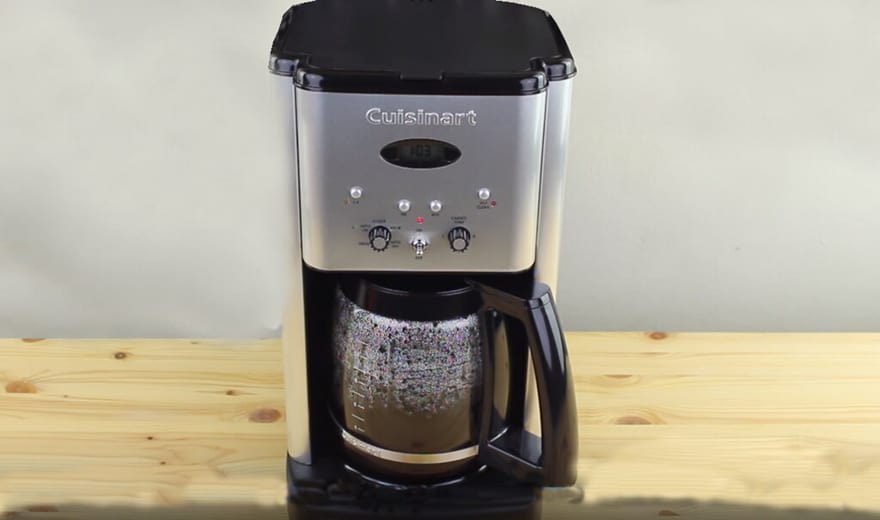
We don’t want to give the impression that a French press is only for the highly skilled—it’s a fairly simple device itself. But a French press is a little more picky about your grind size and your steeping time (these two variables play off of one another), as well as your coffee-to-water ratio. It’s not much harder to operate than a drip coffee machine, but a little more difficult to get right.
Flexibility and creativity
This is where the finicky French press delivers its rewards. Automation is rarely a friend to creativity. The more control you hand over to the machine, the less room you have to experiment and put your own personal touch on your coffee. As a result, drip coffee makers are not renowned for producing a particularly “inspired” cup of coffee. Don’t get us wrong, that doesn’t mean the quality of the cups are bad. They do tend to be quite consistent. But the very automation that produces that consistency leaves you with little room for special recipes, experimentation and personal preferences. For better or for worse, you mostly get the same cup of coffee every time.
A French press is all manual and requires your input. It allows a lot more room for creativity. You can play around with the water temperature and see what effect that produces. You can alter the grind size while keeping steeping time the same, and see what that does. Then you can keep the grind size the same and alter the steeping time. Every cup you produce will be different until you find the exact recipe that gives you the cup you want. And then when you switch to different beans, you might have to start the process all over again!
If you care about the creative side of coffee making, it’s no contest—the French press is the clear winner here.
Grind size
Neither brewing method will be all that great if your beans aren’t ground correctly. French presses typically need coarser beans. Finely ground beans produce a bitter taste.
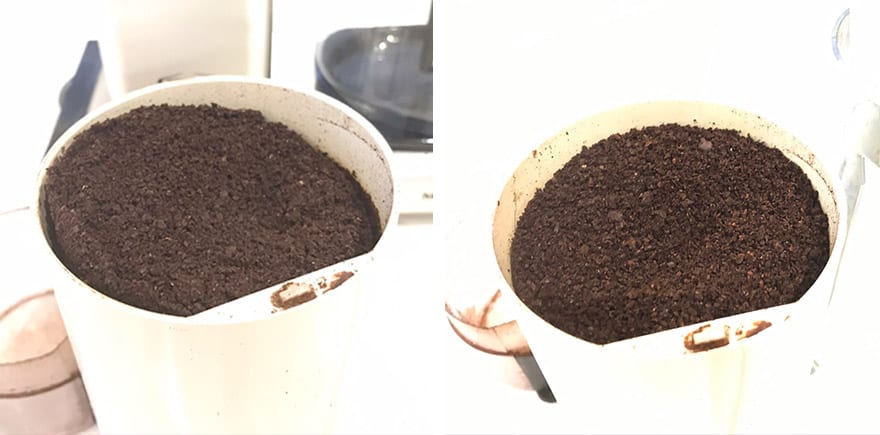
Most drip coffee makers do best with a medium grind. Too coarse and you’ll get thin, watery coffee that may be sour, too fine and you’ll get that bitter taste.
Durability
This is a tough one. As we’ve said, most French presses are made of glass. If you drop them, they aren’t very durable. Luckily, stainless steel is also an option for a French press.
However, even with a glass carafe, if you hang onto it then there’s almost nothing else on a French press for you to break. They will last a decade or more. There are no electronic parts. It’s all mechanical, and usually quite sturdy metal.
As for a drip coffee maker, the same thing that makes it so sought after—automation and ease of use—can be its Achilles heel in terms of durability.
They aren’t terribly complex machines, but they almost all rely on electronics and have some small moving parts that could sink the whole operation if they break down.
With a French press, you can always replace a shattered glass carafe and keep it going for another decade. If you do this, they will outlast any drip coffee machine—many of which have glass carafes themselves.
Taste
A drip coffee maker will give you a consistent but very basic cuppa. It will stay warm for an hour or two without losing much quality. Get the grind and the coffee-to-water ratio just right, and you’ll have quite a pleasant cup.
A French press can give you something more, and that is oil. All coffee beans contain oils that hold a lot of flavor and get released when the beans are in contact with hot water. Drip coffee makers tend to filter most of these oils out of the coffee. Remember, they use either paper filters—which have very small pores—or fine mesh filters that are designed to keep medium-sized coffee grains from passing through. This doesn’t leave a lot of room for oils to pass through, either.
Because a French press uses coarse coffee grounds, its filter can have bigger pores. This leaves room for the oils to pass into your final brew, and because the beans have mingled with the water for several minutes, that tends to be a lot of oils. You can often see that familiar oily swirl on the surface of French press coffee after you’ve poured it.
If you’re much of a chef, you know that oil equals fat and fat equals flavor. French press gives you that flavor. It also gives you a unique mouth feel as you drink, when the oils in the coffee coat the inside of your mouth. It’s almost silky.
Choosing between drip coffee and French press
So, which one is right for you, a drip coffee maker or a French press?
It really is “a matter of taste.”
If you care about speed and ease of use above all, then the drip coffee maker is the clear choice. It excels in both of those categories, in large part because it is designed with those exact elements in mind.
On the other hand, if you care more about the creative side of coffee making, then the French press is the clear winner. And because it does not have a computer or complicated engineering, it is typically more reliable over the long haul.
There are less expensive and more expensive options for both types of coffee, though French press is a bit more affordable. A really cheap French press can still last you for years, whereas a really cheap drip coffee maker will probably have to be recycled next year. And high-end French presses are typically less pricey than the high-end drip coffee makers.
In the end, while both methods have their upsides and can give you a good cup of coffee, for the most interesting and affordable coffee experience from an investment that should pay off for years with little trouble, it’s hard to say no to a French press.

